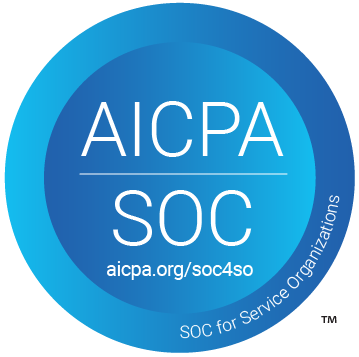Learn how to send payment reminders via email from MySQL records using Pabbly Connect. Follow this step-by-step guide for seamless integration. Explore efficient methods for automating routine tasks with clear, concise instructions suited for both newcomers and experienced professionals.
Watch Step By Step Video Tutorial Below
1. Accessing Pabbly Connect for Payment Reminders
To send payment reminders, we will utilize Pabbly Connect. First, open your web browser and navigate to Pabbly Connect’s website. If you don’t have an account, click on the ‘Sign Up for Free’ button and follow the prompts to create one. You will receive 100 free tasks every month, which is perfect for this integration.
Once you have an account, sign in and click on the ‘Access Now’ button under Pabbly Connect. This will take you to the dashboard where you can create and manage your workflows. Here, you can see all the apps that Pabbly offers, and we will focus on integrating MySQL and Gmail through Pabbly Connect.
2. Creating a Workflow in Pabbly Connect
After accessing Pabbly Connect, you need to create a new workflow. Click on the ‘Create Workflow’ button. A pop-up will appear where you can name your workflow. For this tutorial, name it ‘Send Payment Reminders via Email from MySQL Records’. Select the folder where you want to save this workflow and click on ‘Create’. using Pabbly Connect
- Name your workflow appropriately.
- Select the folder for organization.
- Click ‘Create’ to finalize.
Your workflow will consist of two main sections: Trigger and Action. The Trigger section will initiate the workflow, while the Action section will define what happens next. In this case, we will set the Trigger to ‘Schedule by P’ to run the workflow daily.
3. Setting Up Trigger and Action in Pabbly Connect
In the Trigger section, choose ‘Schedule by P’ as your trigger application. This allows you to set how often the workflow runs. Select ‘Everyday’ from the options and specify the time you want the workflow to run, for example, 11:00 AM. Click ‘Save’ to confirm. using Pabbly Connect
Next, we will set the Action to fetch data from MySQL. Select ‘MySQL’ as your action application and choose ‘Get Rows’ as the action event. You will need to connect your MySQL database to Pabbly Connect. Click on ‘Connect’ and enter your database credentials (username, password, host, database, and port).
- Select ‘MySQL’ as the action application.
- Choose ‘Get Rows’ as the action event.
- Fill in your MySQL connection details.
Once connected, select the table that contains your payment records and set a filter to retrieve only those with a payment status of ‘Due’. This ensures that only relevant records are fetched for reminders.
4. Using Iterator to Process Rows in Pabbly Connect
After fetching the rows from MySQL, the next step is to use the Iterator feature of Pabbly Connect. Add another action step and select ‘Iterator by P’. This allows you to process each row of data individually. Choose the array of data you received from the MySQL step.
Once the Iterator is set up, click ‘Save and Send Test Request’ to ensure it retrieves data correctly. You will see the details of each customer with due payments, which will be used in the next step for sending emails.
Select ‘Iterator by P’ for processing. Map the response from the previous step. Test to confirm data retrieval.
This step is crucial as it prepares the data for sending payment reminders via email.
5. Sending Payment Reminders via Gmail Using Pabbly Connect
For the final step, set up Gmail as your action application in Pabbly Connect. Choose ‘Send Email’ as the action event. You will need to connect your Gmail account by clicking ‘Connect’ and allowing access.
Once connected, fill in the required fields for sending emails. Use the mapped email addresses from the Iterator response for the recipient’s email. Set the email subject to ‘Outstanding Payment Due’ and compose the email content, reminding customers about their due payments.
Map recipient email addresses from Iterator. Set a clear subject line for the email. Compose a reminder message for due payments.
Finally, click ‘Save and Send Test Request’ to confirm that your payment reminders are being sent successfully. Check your Gmail sent items to verify that the emails were dispatched correctly.
Conclusion
In this tutorial, we demonstrated how to use Pabbly Connect to send payment reminders via email from MySQL records. By following the steps outlined, you can automate this process efficiently and ensure timely communication with your customers regarding their due payments.
Ensure you check out Pabbly Connect to create business automation workflows and reduce manual tasks. Pabbly Connect currently offer integration with 2,000+ applications.
- Check out Pabbly Connect – Automate your business workflows effortlessly!
- Sign Up Free – Start your journey with ease!
- 10,000+ Video Tutorials – Learn step by step!
- Join Pabbly Facebook Group – Connect with 21,000+ like minded people!






